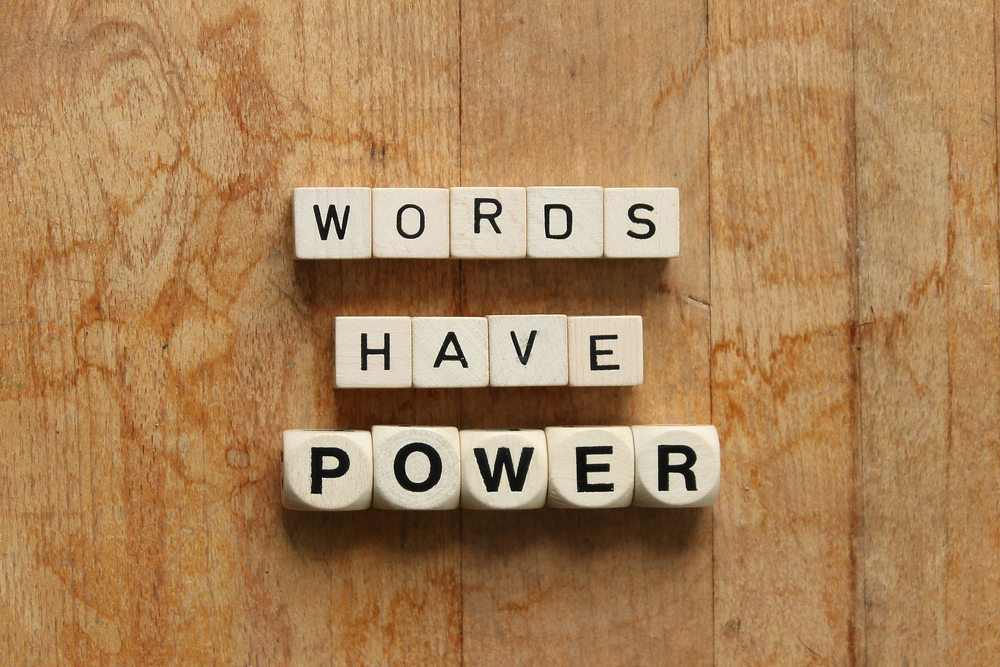Emotive branding works because it connects with people on a very real and personal level. But brands have multiple target audiences who are often very different from each other. They may be easily relatable, or they may not. So how does a brand speak in a way that truly resonates with each diverse audience? From an agency point of view, how do we at Emotive Brand approach emotive writing?
This question relates mostly to messaging – communications aimed at key stakeholders who are very different people with different relationships to the brand. A typical audience mix might include employees, investors and prospective customers with widely varying styles and needs, like Fortune 500 companies and SMBs, or Millennial and Boomer fashion shoppers.
In this post, we’re lifting the lid on Emotive Brand’s approach to emotive writing. All of our ideas are designed to maximize empathy with target audiences because – here’s Tip #1 – you can’t talk to them meaningfully if you don’t care. Effective writing requires that you get out of your own head and into a place of true, heart-felt empathy with the audience.
Emotive Writing Starts with Emotional Insight
To connect with each audience, you need to truly understand them – not just intellectually, but emotionally. What are their greatest fears and highest aspirations that relate to your brand? What are their met and unmet emotional needs in your category?
Audience interviews are ideal for getting the emotional juice flowing and helping brands start feeling into their audiences. When that’s not possible, interviews with clients who interact directly with each audience can be a good substitute. Often we talk to successful sales people who really connect with their customers and help solve their problems.
The key is to ask questions that get their emotions going. What makes their day truly great when they’re helping a potential customer? What’s the biggest difference they’ve ever made for a customer?
Then ask emotionally-geared questions about the customers: What are their greatest challenges and opportunities? Ask for stories about specific favorite customers to help put a face on the customer audience. Get a sense for their history, their career or life trajectory, their passions.
As interviewees start to emote, it’s time to flex your empathy muscle and feel in. Notice what language they use, their cadence of speech, the “feeling tone” of the experience. Record the interview, if possible, to remind yourself of the emotions at play when you sit down to write.
Feel Into the Emotional Impact on Your Target Audience
When feeling into your target audience, it’s useful to have a lens into the key emotion your brand wants to stimulate within them. Is the ideal end result of the brand interaction a feeling of support, relief, empowerment, enlightenment, freedom, abundance, joy or something else entirely?
At Emotive Brand, we identify an Emotional Impact for each of our brand’s key target audiences. It provides clarity and focus, so when we (or a client) are crafting communications for that audience, it’s easy to feel into that emotion and let the words flow.
Stimulate the Flow
Sometimes the act of sitting down to write and facing a blank page can be enervating – the opposite of emotive. Fortunately, there are lots of ways to stimulate your way into emotive gear.
If you are working towards creating joy in your target audience, listen to music that brings you joy.
If your brand has a clever edge, listen to a standup comedian or read an author who has a similar tone.
B2B audiences may be less represented in pop culture, but there are plenty of interviews and panel discussions online that can help a writer get into the right emotional space.
Art, music, film, lectures, fiction, non-fiction – any of these can get you in gear for heartfelt emotive writing.







